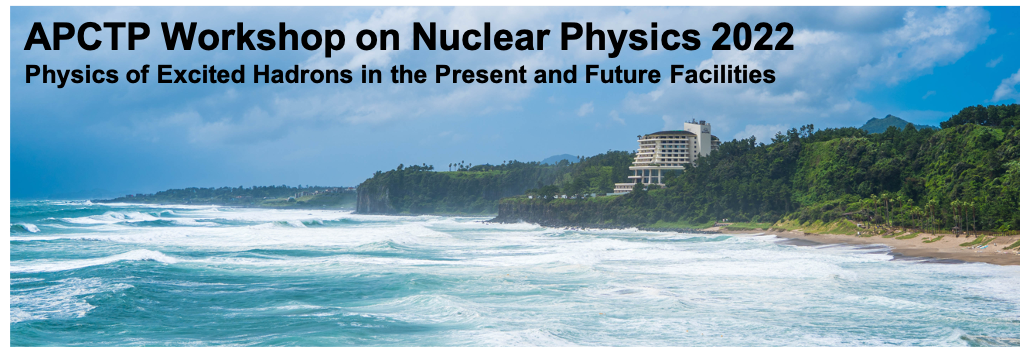Speaker
Description
The study of electromagnetic transitions opens a window into the very nature of the strong interaction. And, indeed, such a study of how a ground-state nucleon transitions to an excited state, over a broad range of $q^2$, will provide keen insight into the evolution of how dynamically-generated masses emerge from the asymptotically-free, nearly massless quarks of perturbative QCD as well as provide information on the ancillary effects from the meson-baryon cloud. The space-like ($q^2<0$) region has been explored more intensively, particularly at JLab, but efforts are well under way in studying the time-like ($q^2>0$) region with HADES at GSI. We further expect to collect data with J-PARC Experiment E45 in 2025 using the Hyperon Spectrometer in the K1.8 beamline.
We initiated these discussions at the May 2017 ECT$^\star$ workshop, which was titled space-like and time-like electromagnetic baryonic transitions. The ECT$^\star$ workshop established the need and made the first steps towards a consistent description spanning the two kinematical regimes in $q^2$. This talk will continue the discussions of space-like and time-like baryonic transition form factors. The world’s data in the second and third resonance regimes are dominated by the electroproduction of $N^*$s. We will ultimately require a coupled-channel approach for properly ascertaining the complementary features and overlapping information in forming excited baryons through employing both pion beams and electron/photon beams. Such partial-wave analyses are especially relevant in the two-pion decay mode, where the pion-induced $N^*$ data at these higher energies are, at best, sparse to altogether nonexistent. These studies will require the apt coordination and collaboration of experimental and theoretical groups in Asia, Europe, and North America.

